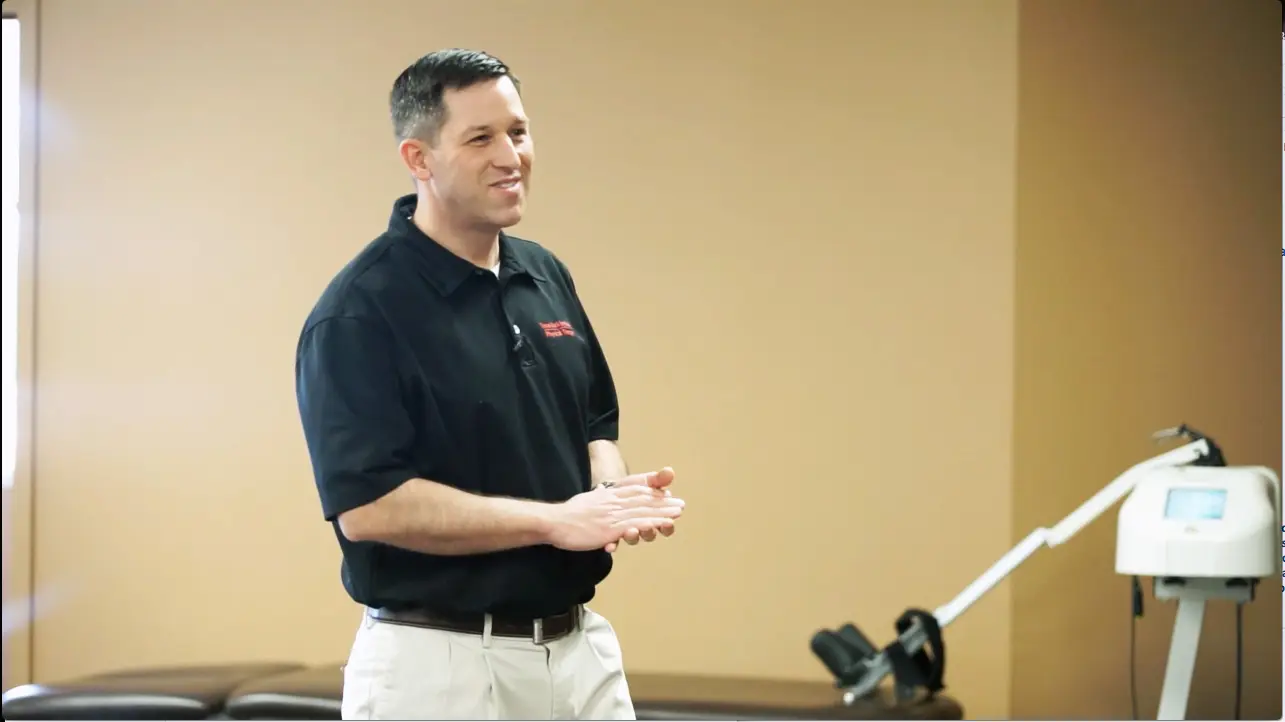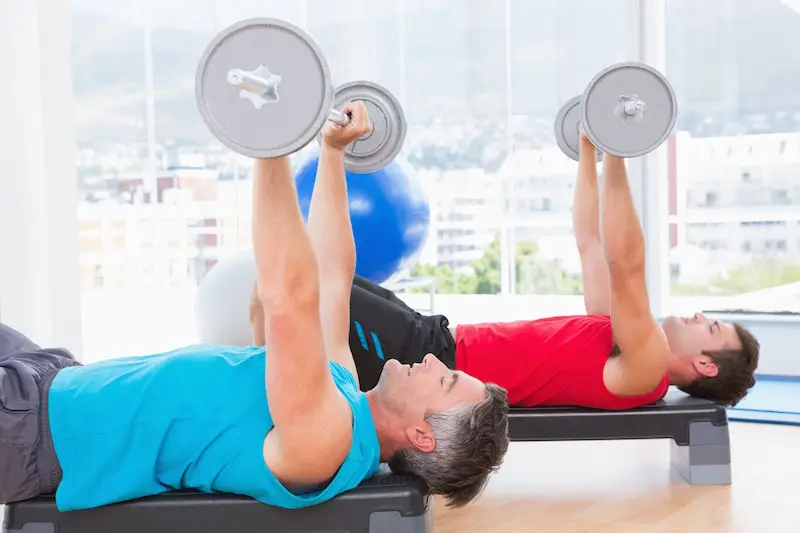Aside from the human misery it causes, back pain is extremely expensive. According to the Integrated Benefits Institute, a workforce health and productivity research and measurement organization, “Back pain not only takes a toll on the quality of employees’ lives, but it impacts their productivity at work as well. Nearly one in four employees report experiencing low-back pain costing employers $51,400 annually per 100 employees in lost productivity and medical treatments.”
This situation has encouraged businesses and healthcare providers to develop preventative measures. One of the most quoted of the American “founding fathers,” Ben Franklin, was spot on when he extolled the benefit of “an ounce of prevention.”
Texas Back Institute is recognized worldwide as an innovative treatment clinic for back pain, spine disorders, disc replacement and a wide array of other orthopedic and neurological conditions. While the surgical expertise of TBI is renown, surgery is always the last option used by this team of specialists. As a part of this commitment to back health, Texas Back Institute has produced a comprehensive, preventative video entitled: Spine Nine. It is free of charge to an individual or company, also available on 360 VR and may be accessed here.

Prevention: It’s the Right Thing to Do
Many patients meet Jason Brewton after they have had an operation or other treatment for back ailments. As the director of physical therapy for Texas Back Institute, Brewton is an integral contributor to the clinic’s continuum of care, and he also has an important role in helping patients prevent back pain. He is featured on the new Spine Nine video.
Why would an organization be known for its treatment expertise focus on prevention?
“It’s really the right thing to do,” Brewton said. “As experts in back health we wanted to be able to give people good tools and solid advice to keep their back healthy., so we developed some videos people could use at their leisure to use as a preventative program.
“Of course, some back and spine injuries or diseases are not preventable, but there are many that are. If we are educating people and they are using our tips and tools, it’s a winning combination “Most people will lose strength and mobility among muscles and joints as they age because they are not being regularly stretched or strengthened. Most of the population spends the entire day in a sedentary position and even people who exercise regularly neglect the muscles that support the neck and back. The Spine Nine exercises are designed to restore and maintain trunk mobility and core strength that are vital for spine health.”
What Makes These Nine Exercises Effective?
There are thousands of strength and conditioning exercises, which makes choosing only nine a challenge. Brewton and his team carefully considered several criteria before choosing which exercises made the cut.
“One criterion was which exercises covered the largest area of the spine,” Brewton said. “Effectiveness of the exercises, their safety, convenience, and efficiency were also evaluated.
“By design, these exercises ‘globally’ cover the neck and spine with the fewest number of exercises as possible. Our reason for this is obvious. People just don’t have the time to exercise regularly.
“These nine exercises are not gender-specific. They are equally beneficial for both men and women,” Brewton noted. “Some modifications may be needed for women who are pregnant, especially those in their second or third trimester. Pregnant women should check with their OB/GYN doctor for recommendations on these, or any, exercises.”
The Spine Nine
This back pain prevention video takes about a half hour to complete and includes a variety of strengthening and stretching exercises. Here is a brief overview of each exercise. Just click on the video below to watch the execution of each exercise.
#1 Seated Chin Tuck (Basic)
This exercise is designed to improve the participant’s posture, which is especially important for those who are desk-bound every day. When done regularly, it will strengthen the neck muscles.
Prone Chin Tuck (Advanced)
A variation on the first, this exercise involves the participant lying with their head over the edge of a table. The participant lifts and holds his or her head for 10 seconds.
#2 Pectoral Stretch in Doorway
Putting each hand on a doorframe, the participant leans into the opening of the door, without resistance from the arms, stretching the pectoral muscle. This stretch is held for 30-seconds.
#3 Piriformis Stretch and Hamstring Stretch
This works on stretching the lower back and hamstrings. Lying flat, the participant uses a strap or bath towel, looped over one foot while extending the foot, thereby stretching the hamstring muscles. This is held for 30-seconds and is repeated for both legs.
#4 Prone Press-Up Stretch
This is similar to the “cobra” pose in yoga. The participant is lying on his or her stomach to begin this exercise and, with the muscles from the shoulders to waist relaxed, the arms are used to lift the top half of the body. It is advised to do ten of these press-ups.
#5 Spinal Rotation Stretch (Basic)
The participant begins this exercise lying on their back with knees bent and together. With shoulders flat on the floor, the knees are rotated to the left and then right. The pose is held for five to 10 seconds.
Lumbar Rotation on Ball (Advanced)
This is a variation of #6. An exercise ball is placed underneath the feet of the participant, and the knees are rotated to the left and then the right. This pose is held for five to 10 seconds.
#6 Plank on Elbows (Basic)
This is a basic yoga pose where the participant is on both elbows, hips are slightly raised and the position is held for 10 to 15 seconds, building to more time.
Walk Out Plank on Ball (Advanced)
This variation of the basic plank involves using an exercise ball to “walk out” the plank using hands and arms, holding for 10 to 15 seconds, and then walking back to the original position.
#7 Quadruplex Leg Raise (Basic)
Participants begin the exercise on hands and knees. The right arm and the left leg are raised and pointed out simultaneously. This pose is held for 5 seconds, and then the other arm and leg are engaged.
Dry Swim on Ball (Advanced)
This variation has the participant centered on an exercise ball and then executing the basic quadruplex leg raise. The ball results in less stability, making the exercise more challenging.
#8 Bridge on the Back (Basic)
This exercise involves the participant lying on his or her back with knees bent and hands to the side. The hips are then raised and the position held for five to 10 seconds.
Bridge on the Ball (Advanced)
Using an exercise ball placed underneath the participant’s legs, the basic “bridge” position is achieved and held for five to 10 seconds.
#9 Cheerleader on Back (Basic)
Participants begin this exercise on their back with the end of a rubber band in each hand held up toward the ceiling. Squeezing the shoulder blades, the rubber band is stretched until the arms are fully outstretched and then slowly returned. This should be done five to 10 times.
Cheerleader against the Wall (Advanced)
Participants begin this version standing with the upper back against the wall. The rubber band is stretched until the arms are fully outstretched and then slowly returned. This should be done five to 10 times.
Click here for the complete Spine Nine video





Great resource for back pain prevention! Love how these nine exercises target the entire spine and offer both basic and advanced options. Will definitely try incorporating these into my routine – especially the planks and bridges for core strength. Prevention really is better than treatment!